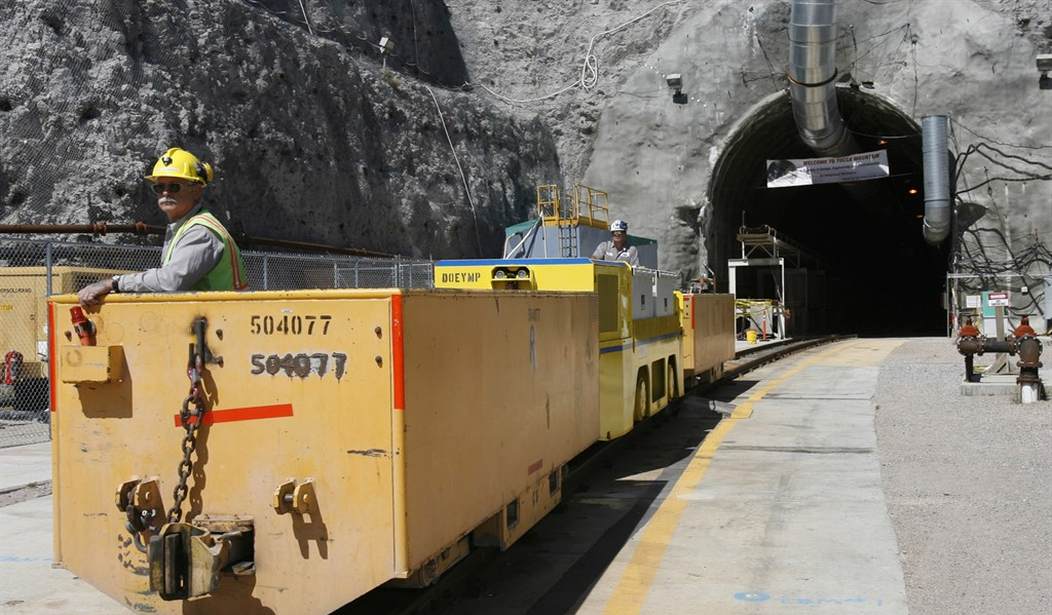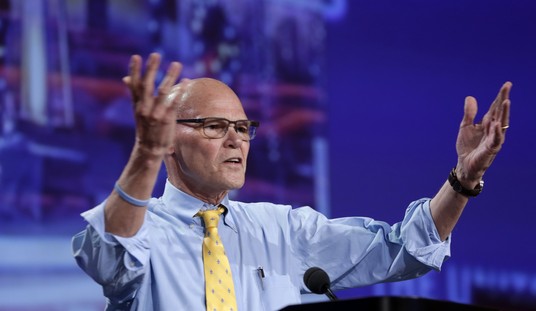Finland is literally breaking new ground in the world of spent nuclear fuel disposal with the Onkalo Project, a scheme to bury spent nuclear fuel rods deep underground in geologically stable bedrock. This has great implications for dealing with one of the problems with high-energy-density nuclear power.
Finland's Onkalo project represents a monumental leap toward curbing waste and safeguarding the environment. Onkalo — meaning "cave" or "hollow" in Finnish — has been built over the past two decades to be an expansive underground repository and serve as the world's first permanent storage site for nuclear waste.
"They'll hold a total of 5,500 tonnes [more than 6,000 U.S. tons] of waste," Antti Joutsen, principal geologist of the project, told the BBC. "So Onkalo will take all the high-level nuclear waste produced by Finland's five nuclear power plants in their entire life cycles."
The significance of Onkalo extends far beyond Finland's borders, with the International Atomic Energy Agency hailing it as a game-changer in nuclear waste management, the BBC reported. Notably, Finland's progress with Onkalo has placed it a decade ahead of other nations grappling with similar challenges, said one expert quoted by the outlet.
At the heart of Onkalo lies the KBS-3 concept, developed in collaboration with the Swedish Nuclear Fuel and Waste Management Company. This innovative approach employs a multi-barrier system, encapsulating nuclear waste within copper canisters, encased in clay, and buried deep within stable bedrock.
This is one of several approaches to dealing with spent nuclear fuel.
By safely isolating high-level nuclear waste from the environment, the project mitigates the risk of contamination and radiation exposure. Moreover, Onkalo exemplifies how technology can enhance daily living by addressing pressing environmental challenges. Other technological advancements have also led to nuclear waste management solutions.
For example, the development of molecular crystals, nicknamed "the Octopus," and the discovery of waste-eating bacteria, are game-changers. They offer potential solutions for capturing byproducts from nuclear reactors and even breaking down the waste, making nuclear energy a more viable and safer clean energy option.
The United States does have a broadly similar facility in Nevada's Yucca Mountain nuclear storage facility, which has been beset with legal challenges and delayed by political indecision, including a perfectly ridiculous Environmental Protection Agency (EPA) rule proposing to regulate Yucca Mountain's radiation leakage one million years into the future.
In late 2008, the EPA released a final two-tiered dose-limit requiring exposure to fall below fifteen mrems per year within a ten thousand year compliance timescale, and below one hundred mrems per year within a one million year compliance timescale.
This is a staggering display of hubris by a government agency, this determination that they can regulate a nuclear storage site on a time scale of millions of years, but then, straining at gnats and swallowing camels seems a required skill for federal bureaucrats these days.
The increased use of clean, efficient nuclear power could greatly reduce America's energy problems if only we could overcome the regulatory hurdles.
See Related: Time for an America First Energy Transition
Nuclear power represents a significant increase in energy density over traditional sources, including coal, natural gas, and oil, and is leaps and bounds beyond the "green" energy systems favored by climate hand-wringers. Furthermore, it comes without most of the risks of "green" sources, which not only depend on irregular inputs (sunlight, wind) but are fragile, wasteful, and susceptible to weather events.
See Related: Oops, Giant Hail Destroys Large Portions of 3,000-Acre Texas Solar Farm, Residents Fear Chemical Leak
Finland, at least, is moving in the right direction in preparing to increase their use of nuclear power for electricity generation. Let's hope the United States can follow suit.
We can only hope that the new Onkalo facility won't suddenly start leaking radiation in, say, a million years.














Join the conversation as a VIP Member